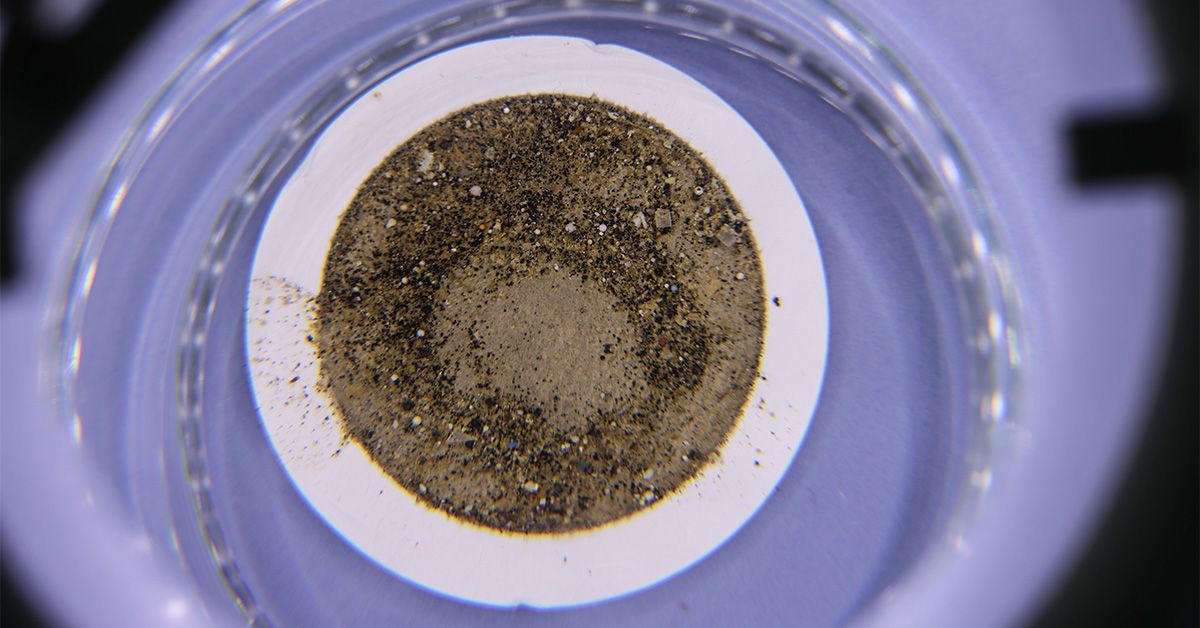How might microplastics in the gut impact health? New research investigates.
In a groundbreaking study released amidst growing global concern about environmental pollution, researchers have unveiled alarming revelations regarding the tiny, insidious particles we can’t see but consume daily—microplastics. With an average citizen unknowingly ingesting as many as 5 grams of microplastics each week, equivalent to the weight of a credit card, the implications for human health are unfolding dramatically. A recent investigation has illuminated how these microplastics may not just pass through our systems unnoticed but could actively disrupt the delicate ecosystem of our gut microbiome.
The Complexity of the Gut Microbiome
The gut microbiome is a community of trillions of microorganisms that play essential roles in digestion, immunity, and metabolic processes. Emerging evidence indicates that any disturbance in this microbiome could lead to serious health implications. A study presented at UEG Week 2025, led by researchers from CBmed GmbH in Graz, Austria, aimed to investigate how microplastics interact with gut bacteria. Researchers analyzed human stool samples, creating bioreactive cultures to expose to different types of common microplastics.
Microplastics and Their Impact on Microbial Communities
The study found that exposure to microplastics significantly affected the pH levels within the gut cultures. Notably, the research highlighted that:
- Microplastics lowered the pH of the cultures, indicating increased acidity.
- The microbial composition shifted, particularly within a specific bacteria phylum called Bacillota.
- Changes in microbial profiles mirrored patterns linked to serious health conditions such as colorectal cancer and depression.
“Our findings suggest that microplastics do not merely pass through the gut unnoticed; they actively influence microbial community structure,” explained Dr. Christian Pacher-Deutsch, one of the study’s authors. He elaborated that the results underscore the need for further investigation into the long-term impacts of microplastics on gut health and overall physiology.
Methodology: Experimentation Meets Real-World Concerns
The researchers exposed bioreactive cultures to five types of microplastics: polystyrene, polypropylene, low-density polyethylene, poly(methyl methacrylate), and polyethylene terephthalate, at concentrations reflective of typical human exposure. Over a five-day incubation period, the researchers measured various metabolic activity markers, observing significant shifts in the microbial profile.
Dr. Heather A. Leslie, an independent scientist specializing in microplastic research, commented on the study’s outcomes, stating, “This research supports the growing body of evidence indicating that microplastics could disrupt the fragile balance of gut microbiota that is crucial to human health.”
Scientific Insights: What Do These Changes Mean?
The observed acidity changes correlate with metabolic disturbances often found in gastrointestinal diseases. The study detailed noteworthy shifts in metabolic profiles, specifically citing increased valeric acid in cultures exposed to certain microplastics. These biochemical alterations can indicate a stressed microbial community, raising the alarm for potential developments in diseases that affect the gastrointestinal tract.
“Microplastics could potentially interfere with gut bacteria’s important metabolic functions, leading not only to gastrointestinal problems but also affecting our overall immune responses,” cautioned Dr. Amber Li, a gastroenterologist who has closely followed developments in this field. “What is unsettling is that the gastrointestinal tract, once thought to be a protective barrier, can be compromised by materials we ingest regularly.”
Limitations and Future Directions in Research
While the findings are significant, they come with notable limitations. The study utilized stool samples from just five individuals, which raises questions about the generalizability of the results. Moreover, the research only examined short-term impacts, leaving the question of long-term health implications unanswered. “We need studies that span longer durations and larger populations to truly understand the risks involved,” Pacher-Deutsch noted.
Researcher cross-examination revealed that the complex interplay between diet, lifestyle, and genetics could also influence the microbiome’s resilience against microplastic exposure. As such, researchers emphasize the need for ongoing biomonitoring and a multidisciplinary approach to assess the broader health implications of microplastics.
The Future of Microplastic Research
What remains clear, however, is that as evidence mounts, the issue of microplastics transcends environmental concerns. The Lloyd Research Group at Cambridge University projects that, if present trends continue, by 2050, “the amount of plastic in the ocean will outweigh fish.” The urgency to intervene, particularly in the context of public health, has never been more pressing.
“Microplastics could change how we think about health in both direct and indirect ways,” Leslie emphasized. “Understanding these potential health impacts is critical, as disruptions in the microbiome are implicated in a wide range of chronic diseases.”
As researchers continue to unearth the connections between microplastics and health, society must recognize that the plastic we often regard as a mere convenience could be silently altering our bodies in unseen yet profound ways. It is imperative to heed these findings as a clarion call for both individual mindfulness and collective action against plastic pollution.
Source: www.medicalnewstoday.com


